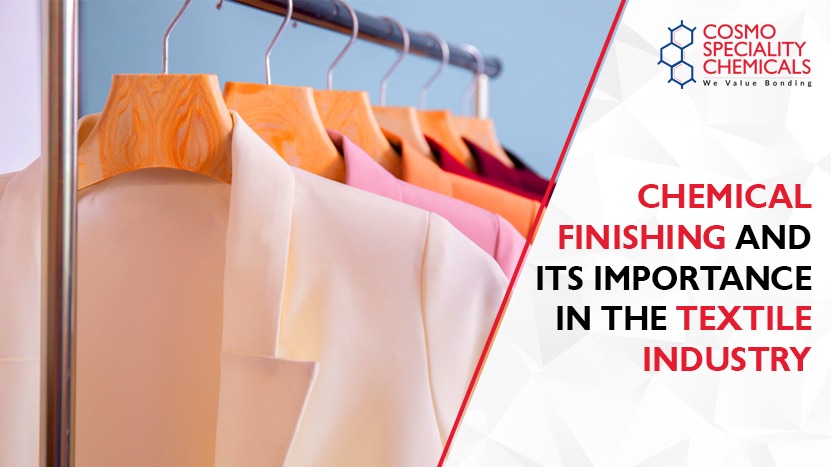
Chemical finishing and its importance in the textile industry
What is chemical finishing in the context of textile?
In the textile industry, chemical finishing is a process used to protect textiles from stains, discoloration and damage from soiling. It shields the fabric from various environmental factors, and it can also be used to make the fabric softer, easier to clean and improve water repellent property. The chemicals used in this process help create a barrier between the fabric and soil that may cause staining, discoloration or damage.
What drives demand for chemical finishing?
The Textile Industry provides an endless variety of clothing to people and play an essential part in everyone's life. The textile industry has grown so much that it has created a massive demand for textile finishing. In addition, people's choices about the style, color, design, and fabric of the clothing have increased over time. All these factors collectively push demand for chemical finishing from the textile industry. As a result, it has become increasingly standard for textiles and garments to be chemically processed in recent years.
Application of chemical finishing
Owing to its dynamic usage, chemical finishing in textiles has multiple applications. As a result, different kinds of finishes exist to satisfy different needs. During the Chemical finishing process, chemicals are used to alter the surface properties of textiles and remove mechanical processes like abrasion or shearing. Here are some of the finishing chemicals and their application in textiles:
- Fabric Dyes: The function of Fabric dyes is mainly to help color textiles by providing uniform and attractive shades. They help in enhancing the aesthetic appeal as well as durability of textiles.
- Water Repellent Chemicals: Specialized chemicals are used to impart water resistance onto textiles to prevent wetting due to rain or due to sweat or spilled liquids. Furthermore, these also help prevent staining and discoloration due to water resistance.
- Antimicrobial Agents: In the last 2 years, the demand for antimicrobial agents has expanded because of COVID. Antimicrobial agents are used for protecting the textile from viruses and bacteria.
- Textile Softeners: Textile softeners, especially silicone softeners, improve the fabric’s handling properties and improving the fabric's look and feel. It also offers excellent anti-wrinkle properties, and exceptional soil release performance, reducing staining of textiles.
Finishing chemicals-An eco-friendly choice
A wide range of chemicals are used to perform different types of finishing on textiles. To protect the end-use products and the environment, finishing chemicals must be used under strict environmental regulations and adequately treated and disposed responsibly. Thankfully, innovative textile specialty chemical manufacturers are developing sustainable, new-age eco-friendly chemicals. Innovative and eco-friendly finishing chemicals would eventually replace traditional chemicals.
As discussed, chemical finishing has various applications in textiles and offers significant benefits. Furthermore, innovative, finishing chemicals are also considered cheap and eco-friendly. Owing to such substantial benefits, finishing chemicals are expected to remain popular in the foreseeable future, further advancing this segment's growth.
